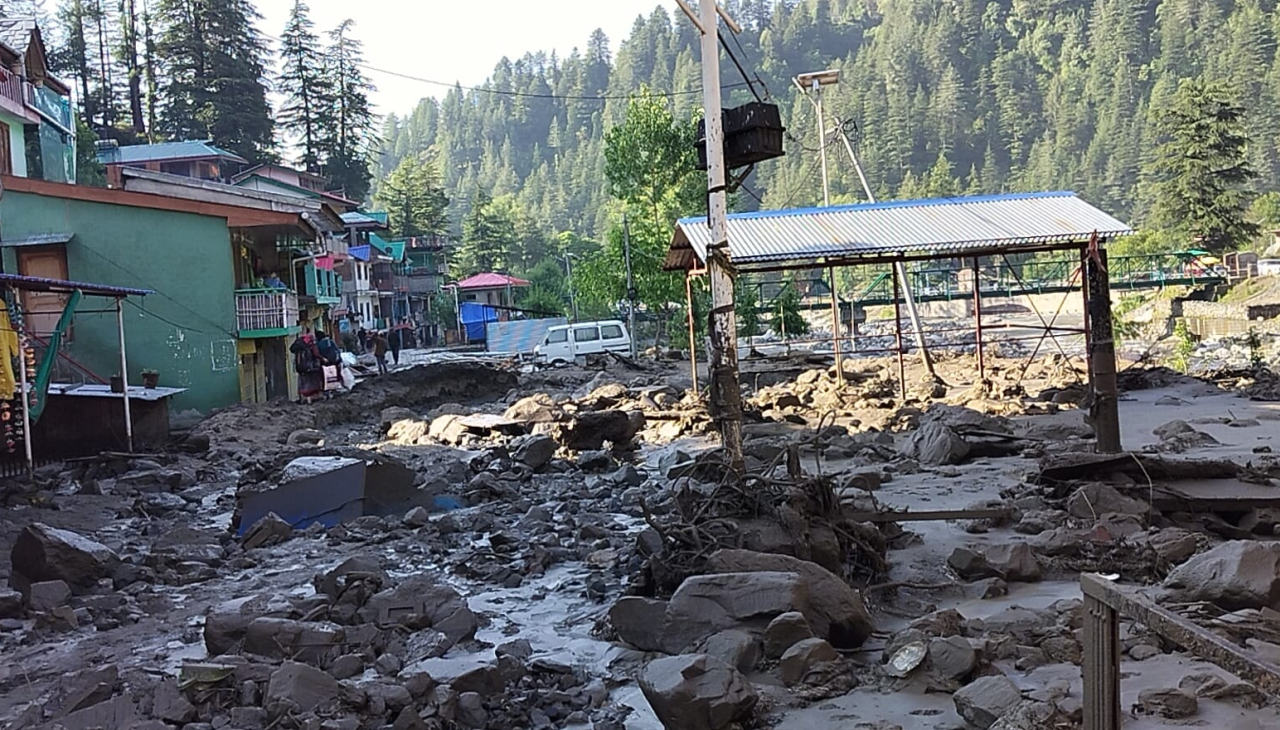Copyright thenewshimachal

Himachal Pradesh’s impressive human development gains are now under mounting threat from climate change, according to the Himachal Pradesh Human Development Report 2025, released in collaboration with the United Nations Development Programme (UNDP). The report presents a mixed picture — while the State has outperformed national averages in education, health and poverty reduction, it also faces escalating environmental challenges that could disrupt this progress in the coming decades. The report reveals that Himachal Pradesh’s Human Development Index (HDI) stands at 0.78, significantly higher than the national average of 0.63, reflecting notable strides in human welfare and infrastructure development. The State has also achieved an impressive 99.3 percent literacy rate, becoming fully literate, with a substantial rise in reading and writing skills. However, these developmental successes are now overshadowed by the growing climate crisis. According to the UNDP report, Himachal Pradesh is expected to witness a temperature rise of up to 3°C by 2050, accompanied by increased rainfall and accelerated glacier melt. Researchers warn that this change could trigger more frequent cloudbursts, flash floods, and landslides, threatening lives, infrastructure, and the State’s fragile ecosystem. Over the past five years, Himachal has suffered economic losses of nearly ₹46,000 crore due to extreme weather events, including heavy rainfall, floods, and landslides. The report also documents worrying environmental indicators. It notes that while average temperatures have dropped by 1.5°C since 1901, the region is witnessing erratic monsoon patterns and extreme rainfall events — with rainfall exceeding 100 mm recorded in parts of the State in July 2023 alone. At the same time, the number of forest fire alerts surged from 714 in 2022-23 to over 10,000 in 2023-24, showing how warmer, drier conditions are intensifying ecological stress. Himachal’s vulnerability is amplified by its dependence on natural resources. Around 70 percent of the State’s traditional water sources are now at risk, while 80 percent of its agricultural land remains rain-fed, making it particularly sensitive to climate fluctuations. The impacts are already visible in declining agricultural productivity, loss of biodiversity, and increased human–wildlife conflict. Experts say the Himalayan region as a whole is among the world’s most climate-sensitive zones. Rising temperatures are leading to rapid glacier retreat, especially in districts such as Kinnaur, Lahaul-Spiti, and Kullu, increasing the danger of glacial lake outburst floods (GLOFs). The changing climate also threatens the State’s tourism sector, which contributes 7.8 percent to Himachal’s economy, as reduced snowfall and unpredictable weather patterns are affecting traditional tourist seasons and local livelihoods. Despite these challenges, the report acknowledges Himachal’s continued strong performance in social development. The State ranks among the top five in India’s SDG India Index 2023-24, reflecting its consistent progress in education, health, and governance. Districts like Solan, Shimla, Mandi, Kullu, Kinnaur, and Lahaul-Spiti report high HDI scores. However, when climate risk is factored in, Solan’s rank drops sharply, illustrating how environmental vulnerability is reshaping the State’s developmental landscape. The report calls for urgent and coordinated policy measures to ensure that Himachal’s development remains climate-resilient and sustainable. It emphasises the need for investment in renewable energy, climate-adaptive agriculture, water conservation, and sustainable tourism, alongside efforts to strengthen disaster preparedness and community awareness. As global warming accelerates, the Himachal Pradesh Human Development Report 2025 serves as both a recognition of the State’s achievements and a warning. Himachal’s progress — built on education, health, and social welfare — now faces its toughest challenge yet: ensuring that its growth remains resilient amid the rapidly changing climate of the Himalayan region.



